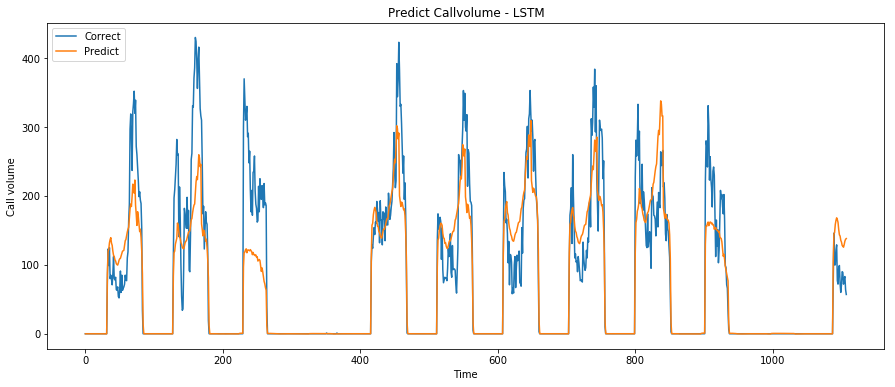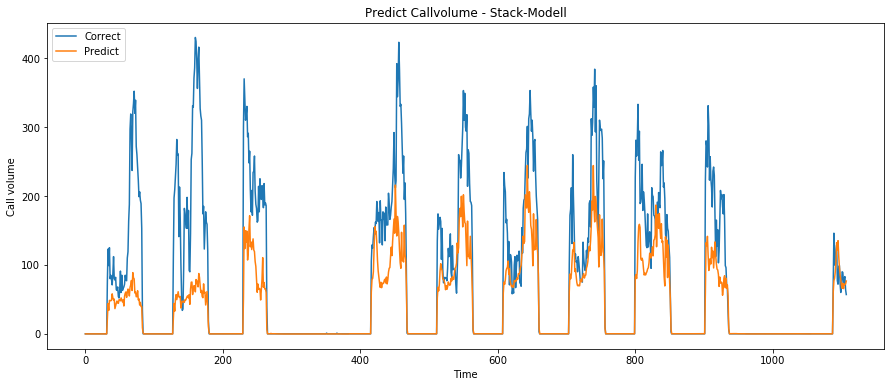I am currently implementing a forecasting model. The whole builds on a regression. The first model is an LSTM network based on Keras and the second a Random-Forest model based on sklearn.
I use the same input values and target variables for both models. The forecasts of the LSTM network are closer to the actual observed values (better rmse and r2) (probably due to the memory / lookback), but the Random Forest model provides better altitudes and depths. It seems that the Random-Forest model has found better dependencies than the LSTM model.
LSTM:
What is the best way for the LSTM model to understand finer dependencies? Should I use an ensemble or stack method from LSTM + RF? Does it make sense?


